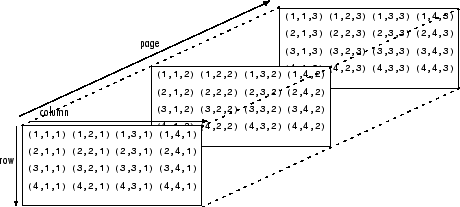pagelsqminnorm
Syntax
Description
X = pagelsqminnorm(A,B)A and B. Each page of
the output array X is given by X(:,:,i) =
lsqminnorm(A(:,:,i),B(:,:,i)).
If A and B have more than three dimensions,
then pagelsqminnorm implicitly expands the additional dimensions to
solve the least-squares systems of all page combinations, as in X(:,:,i,j,k) =
lsqminnorm(A(:,:,i,j,k),B(:,:,i,j,k)).
X = pagelsqminnorm(___,RegularizationFactor=
specifies the Tikhonov regularization factors to apply to each page of the solution
alpha)X. (since R2025a)
Examples
Input Arguments
More About
Tips
pagelsqminnorm(A,B,tol)is typically more efficient thanpagemtimes(pagepinv(A,tol),B)for computing minimum-norm least-squares solutions to linear systems.pagelsqminnormuses the complete orthogonal decomposition (COD) to find a low-rank approximation of each page ofA, whilepagepinvuses the singular value decomposition (SVD). Therefore, the results ofpagepinvandpagelsqminnormdo not match exactly.Results obtained using
pagelsqminnormare numerically equivalent to usinglsqminnormto compute the minimum-norm solution of each of the same least-squares systems in afor-loop. However, the two results might differ slightly due to floating-point round-off error.
